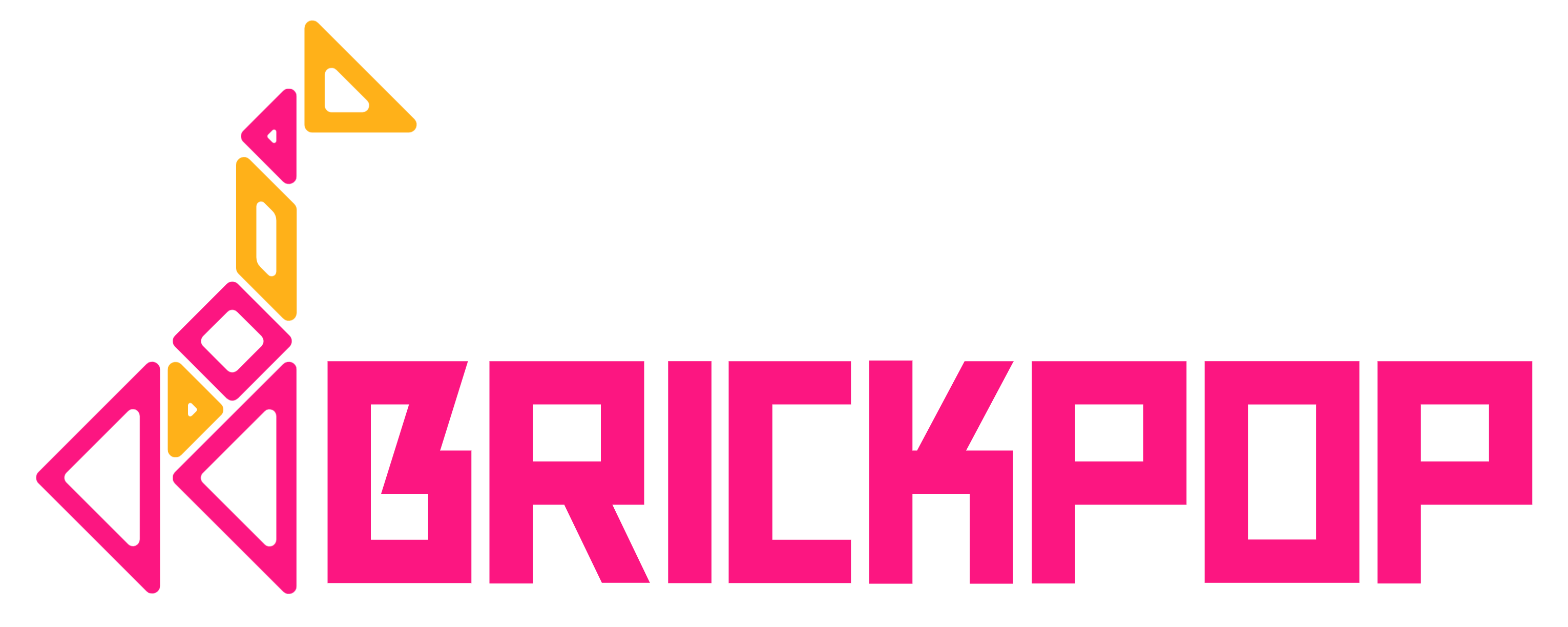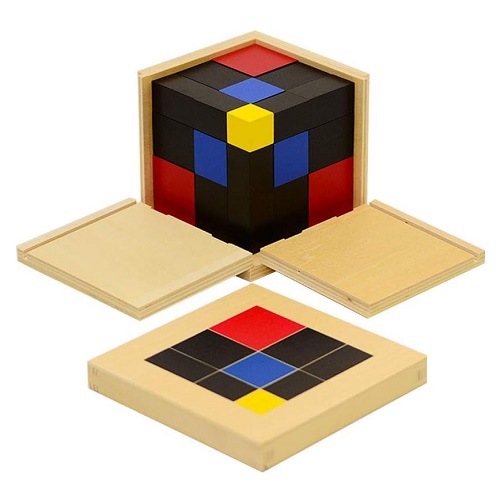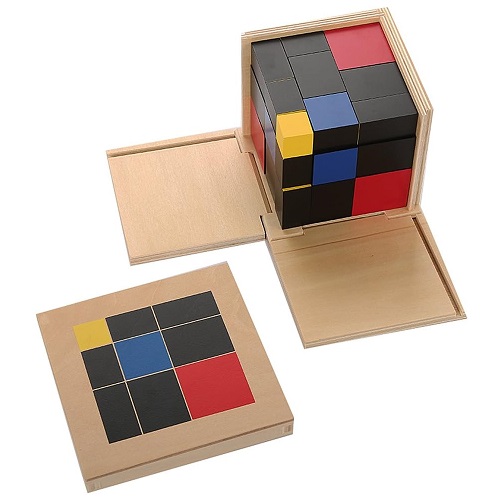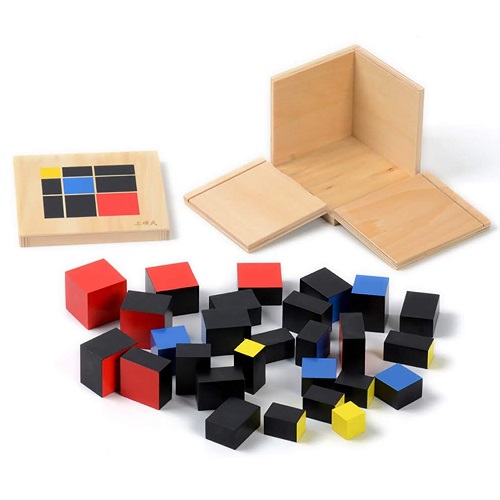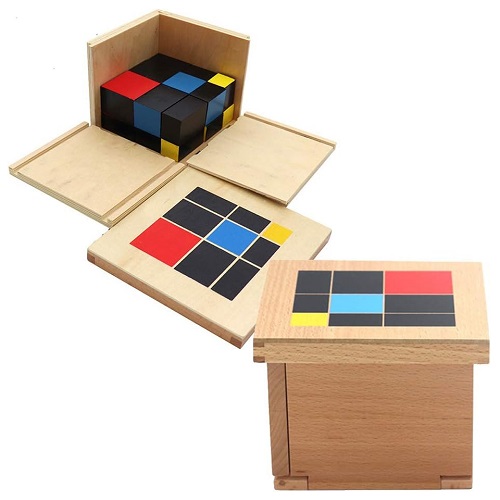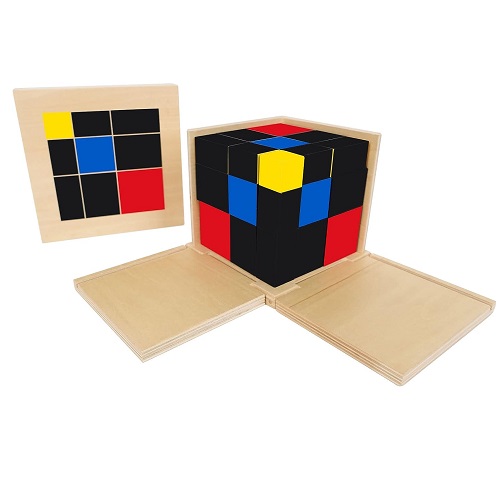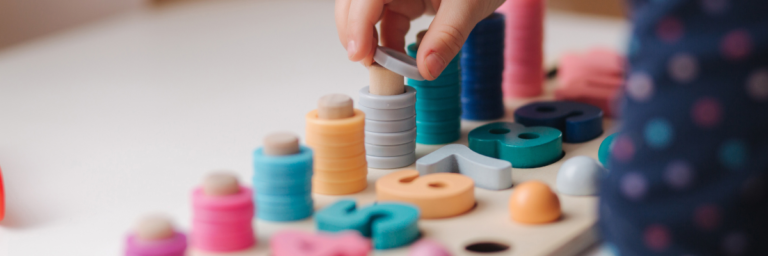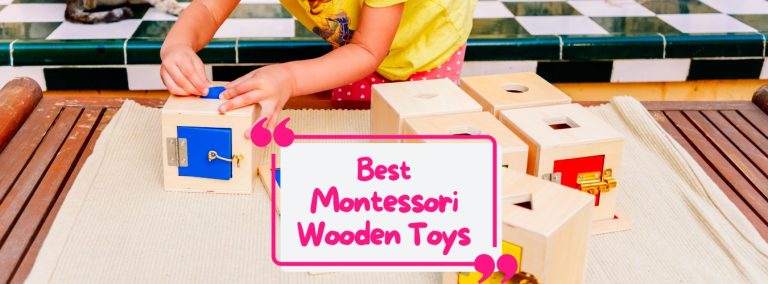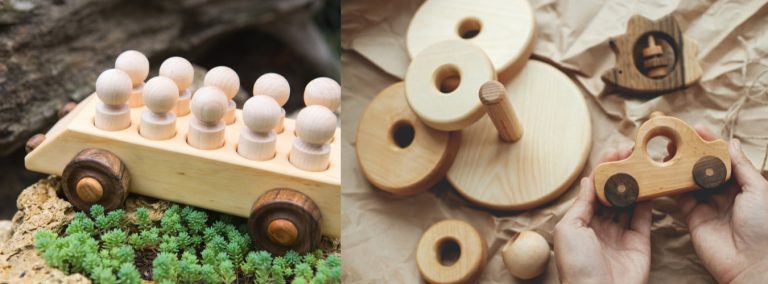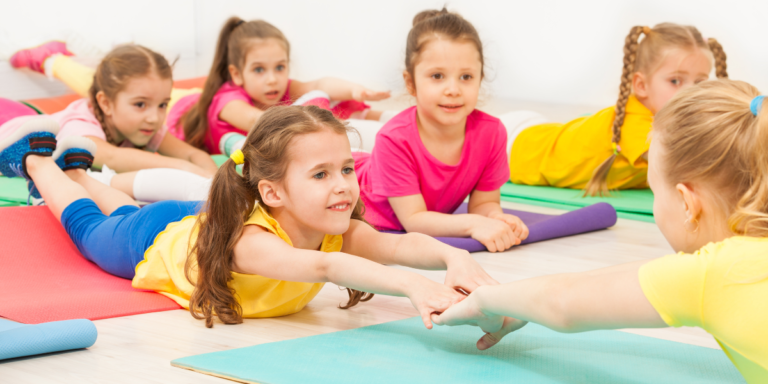7 Best Montessori Trinomial Cubes
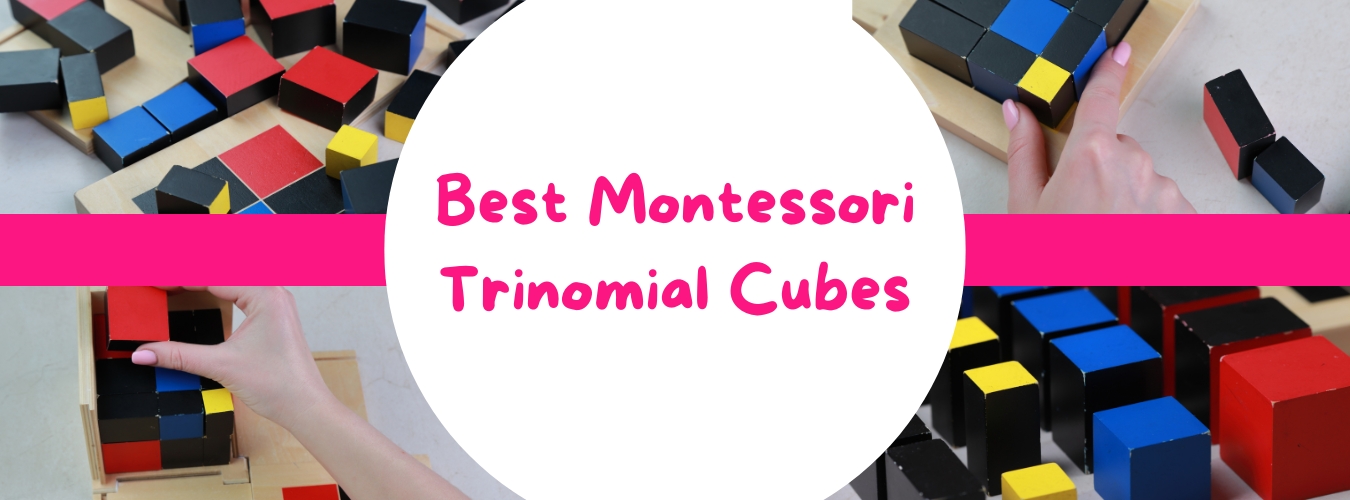
The Montessori trinomial cube is a classic Montessori math toy that allows children to explore algebraic concepts. This guide will cover what trinomial cubes are, their benefits for kids, the best ages to introduce them, how to use the cubes and the mathematical concepts they teach. We also listed some of the top-rated Montessori trinomial cubes that you can purchase.
What Are Montessori Trinomial Cubes?
Montessori trinomial cubes consist of a set of small cubic blocks that attach together to form one large cube. Each set includes three different colors of cubes, with 1 unit, 10 units, and 100 units for each color.
The small cubes represent the algebraic trinomial equation:
a3 + b3 + c3 = (a + b + c)3
By physically building the cubes together, children can see how the sum of the small cubes mathematically relates to the large cube. This creates a hands-on understanding of algebraic concepts.
7 Best Montessori Trinomial Cubes
1. Elite Montessori Trinomial Cube
The Elite Montessori Trinomial Cube includes 27 wooden cubes in red, blue, and yellow that assemble into a complete cube displaying the algebraic formula (a+b+c)3. Packaged in a wooden hinged box with the printed trinomial square pattern on the lid, this high-quality toy introduces early math concepts and inspires abstract thinking for children ages 4 and up.
2. MEYOR Montessori Trinomial Cube
The MEYOR Montessori Trinomial Cube helps children explore early algebraic concepts through hands-on manipulation of 27 wooden blocks in red, blue, and yellow that assemble into a cube. Packaged in a hinged wooden box printed with the trinomial square pattern.
3. Kghios Montessori Trinomial Cube
The Montessori Trinomial Cube introduces early algebra concepts through 27 wooden blocks that assemble into a cube displaying the formula (a+b+c)3. Presented in a quality wood box with a printed trinomial pattern, this hands-on educational toy helps children ages 3+ develop spatial thinking, mathematical logic, and problem-solving skills.
4. LEADER JOY Montessori Trinomial Math Cube
The LEADER JOY Montessori Trinomial Cube concretely represents the algebraic formula (a+b+c)3 through 27 wooden blocks in a quality wooden box with a lid. With red, yellow, and blue cubes of varying sizes and shapes, this hands-on math toy helps children ages 3+ develop spatial thinking, color and shape recognition, and early algebraic reasoning.
5. Cuteam Montessori Wooden Trinomial Cube Toy
The Woo-den Cube Toy introduces early math concepts through a binomial and trinomial cube made of smooth wooden blocks that assemble in the classic Montessori configuration. Packaged in a quality wood-hinged box for easy portability, this educational toy helps develop spatial thinking, color recognition, and algebraic reasoning in children ages 3 and up.
6. Montessori At Home Algebraic Trinomial Cube Wooden Toy
The Montessori Trinomial Cube introduces algebraic thinking through 27 color-coded wooden blocks that assemble into a cube displaying the formula (a+b+c)3. Housed in a quality wood box with a lid printed with the completed trinomial pattern, this educational toy helps children ages 3-6 grasp complex math concepts involving exponents, coefficients, and polynomials.
7. Gudong Montessori Colorful Trinomial Cube Box
The Montessori Trinomial Cubes introduce early algebra concepts through 18 colorful wooden blocks that assemble into a cube displaying the formula (a+b+c)3. Housed in a printed wood box, this educational toy helps children ages 2-4 grasp abstract math principles involving variables, exponents, and polynomials.
Why Should Kids Use Montessori Trinomial Cubes?
The cubes make abstract formulas tangible, allowing children to gain firsthand experience with algebraic concepts appropriate for their age. Working with trinomial cubes provides many developmental benefits for children:
- Introduces algebraic thinking in a concrete, hands-on way
- Let children discover mathematical relationships through exploration
- Develops spatial awareness and geometric thinking skills
- Refines fine motor control and coordination
- Allows practice sorting by color, shape, and size
- Fosters concentration and logical reasoning skills
- Helps kids gain independence and self-confidence
What Are the Best Ages for Montessori Trinomial Cubes?
Trinomial cubes are generally introduced in Montessori classrooms around age 6 or 7. However, kids as young as 4 or 5 can explore the basic sorting and stacking activities.
Younger children enjoy sorting the cubes by color and fitting them together. As mathematical skills advance, usually around age 6, kids become ready to understand the algebraic relationship. Guided lessons on the formula around this age provide the ideal introduction. You can view the formula below, which can be helpful when trying to teach kids how the cubes work.
How Does the Montessori Trinomial Cube Formula Work?
The trinomial cube formula demonstrates how:
a3 + b3 + c3 = (a + b + c)3
Where:
- a, b, and c represent the sides of each small cube
- a3, b3, and c3 signify cubing those sides to find the volume of the small cubes
- (a + b + c) represents the sum of the sides of the large cube
- Cubing this side gives the volume of the large cube
So the algebraic formula shows that the total volume of the small cubes equals the volume of the large cube. Physically building the cubes lets children experience this relationship concretely.
How to Use the Montessori Trinomial Cubes
There are many ways for kids to explore the cubes:
- Sort cubes by color, size, and shape
- Stack cubes into towers or pyramids
- Fit cubes together to build the large cube
- Count the number of cubes at each size
- Add the volumes by counting cube units
- Take cubes apart and rebuild them
- Verbally identify the relationship between the small and large cubes
Adults can guide children through the activities by asking questions and introducing new vocabulary. Hands-on manipulation of the cubes lets kids discover mathematical connections.
Conclusion
Montessori trinomial cubes allow children to see algebraic formulas take shape by physically manipulating the blocks. This hands-on approach lays the foundation for abstract mathematical thinking and problem-solving. The cubes provide an engaging, developmentally appropriate introduction to early algebraic concepts.
